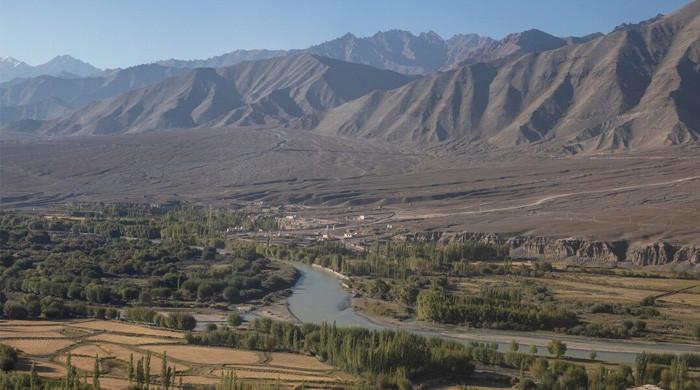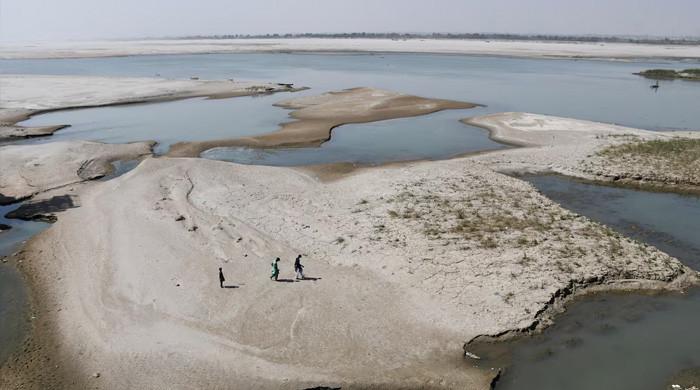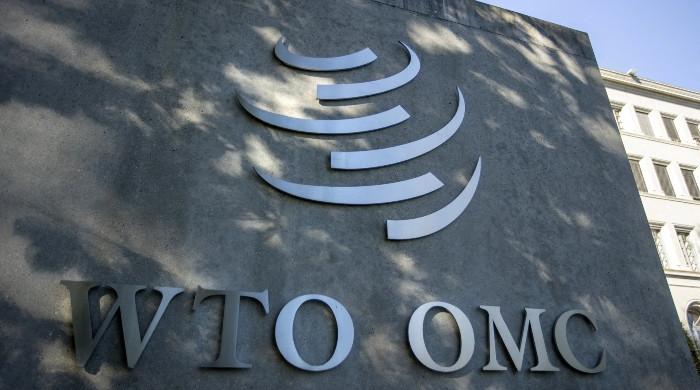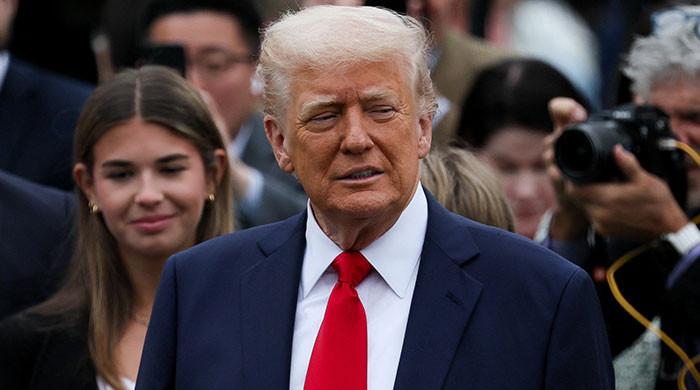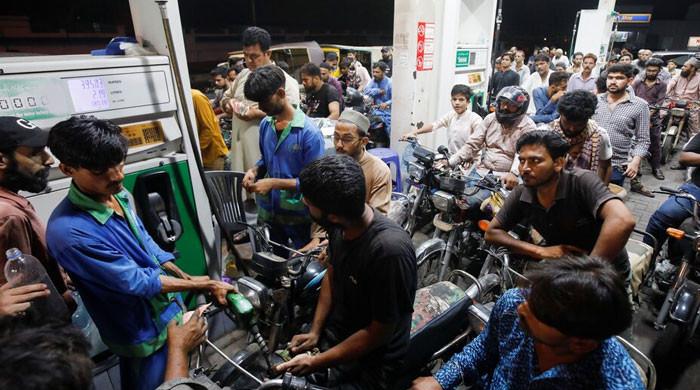Disruption or destruction?
There is a lot of genuine sadness, disenchantment, and anger about the trajectory of Pakistan today
March 19, 2024
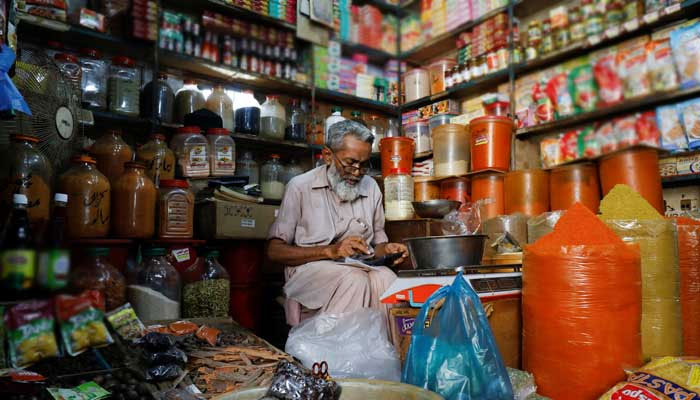
People tend to cling to ideas formed previously; they tend to work better within already established networks; and they tend to be more comfortable with associations that are familiar.
Even the most intelligent and capable people. Even people who can think outside the box. Even people capable of creativity. Indeed, even people that have a lot of knowledge and expertise. No one is immune from these tendencies to stick to what one already knows.
The common theme among societies and countries that are broadly seen to be successful is disruption, but this disruption cannot be wild and out of control. Instead, meaningful disruption tends to be within a canopy of a stable architecture — something akin to some broad rules of the game.
Change takes place when long-standing ideas about what is normal and how things should be are challenged by new ideas, but those new ideas are afforded space through a delicate balance between radical new approaches and robust adherence to stability. Too radical and you end up creating instability, which undermines the entire ecosystem that you are interested in improving through new ideas. Too strict about stability and you end up throttling any new ideas.
Just like ideas, networks and associations also work the same way. There needs to be enough churn in how people and communities relate to each other to create the tensions and alliances that help advance new ways of doing things, but there cannot be so much churn and so much flux that the whole system is thrown into uncertainty and instability.
There is a lot of genuine sadness, disenchantment, and anger about the trajectory of Pakistan today. At the heart of the matter is a growing belief that the people running Pakistan — what I refer to as the ‘elite’ of the country — are incapable of governing over the changes that Pakistan desperately needs. It needs disruption, but it doesn’t need destruction. Sadly, it seems it cannot get one without getting the other. This was crystallised on May 9 last year, but it has been the under-girding and overwhelming motif of Pakistan throughout its history.
The internal economic situation is dire — as two years of relentless inflation and uncertainty have battered household incomes and complicated the already delicate economic balancing act that millions of Pakistani families must deal with. The vast and overwhelming youthfulness of the country has a low base of human capital, limited economic and social mobility for young women, no financial support from the state, and no market-based solutions to meet the economic and material aspirations that Generation Z everywhere has. To top off this toxic cocktail of difficulties, there is a widespread belief that freedom of association and freedom of expression are under threat — and that this threat is skewed and targets some, but not all, Pakistanis.
These are the circumstances that created the election results of February 8. As if to literally confirm the worst suspicions of Pakistanis, the uber-elite of the country then decided to muddy the waters further by altering some of the results of the elections on the night after the election. The resulting minority government is now saddled with an impossible set of tasks — and despite the otherworldly work ethic of the prime minister and much-maligned ‘one page’ that the government enjoys with Rawalpindi — it is incredibly difficult to see how this dispensation can generate the disruption Pakistan needs.
One of the abiding challenges the government faces is the same challenge every government in Pakistan has faced since at least 1988. There isn’t enough money. This problem needs a disruptive solution — but remember: people tend to cling to ideas formed previously, they tend to work better within already established networks and they tend to be more comfortable with associations that are familiar. This means that conversations about ‘disruption’ suffer from something called path dependency. This is why, even some of the smartest Pakistanis alive tend to keep getting stuck in old conversations.
The older you are, the more locked you become into doing things how you have done them before — and this is especially true for people and groups that have enjoyed success when they were younger. General Asim Munir won the Sword of Honour at Mangla at the age of 18. Nawaz Sharif first became finance minister of the Punjab at the age of 32. Imran Khan was capped at the age of 19, was a fast-bowling wonder and global sensation by the time he turned twenty-two.
We can’t identify every single Pakistan Administrative Service officer who serves at BPS-22 today, or every military officer above the rank of a one-star, or every judge in the Supreme Court, but we know that each one has been a top performer for most if not their entire careers. When we demand disruption from our elites, we should understand just what we are asking for. We are asking for people who have enjoyed incredible individual success for most of their lives to fundamentally challenge how they do things. This is a tough ask. So the natural question is: if this is so hard to do, how are other countries doing it?
The answer isn’t straightforward, and there is no single formula, but one way to understand the unique stasis that Pakistan finds itself in is to juxtapose elite behaviour in other places with that in Pakistan. My two favourite examples are India and Saudi Arabia.
In India, economic transformation began in the early 1990s and not surprisingly (since new economic realities tend to produce social and political implications) the BJP emerged in the late 1990s — but this BJP was run by elite adjacents that were broadly non-disruptive. Traditional elites in India, like everywhere, resist change.
More importantly, India is no beacon of light when it comes to social mobility. Yet India’s democratic system created enough space for the disruption that has been the source of India’s incredible economic advancement in recent years. This disruption has been led by Narendra Modi and the RSS leadership — a decidedly non-elite combine for most of India’s existence. Yet it has been undergirded by two constants in India – its relatively fluid democracy, and big-money capitalists, most of whom are traditional elites. Modi is the disruption. Democracy is the stability. Disruption plus stability.
Maybe there is no better example than Saudi Arabia. Prior to King Salman’s ascension to the throne, the role of crown prince was consistently awarded to someone from the same generation as the king — and every king thus far has been a son of the founder of Saudi Arabia — King Abdul-Aziz Bin Saud. By the time the late King Abdullah ascended to the monarchy in 2005, the Saudi elite were facing a substantial problem of aging kings. King Abdullah formed the Allegiance Council in 2007, which has since been the venue through which succession is decided.
When King Salman ascended to the throne in 2015, he took the even more bold decision of appointing Crown Prince Mohammad Bin Salman as the next in line, making MBS the first grandson of the founder of the monarchy to be in line for the throne. A lot of the changes in Saudi Arabia have been long in the making, but the speed and scale of transformation in society and economy are almost entirely down to the fact that in 2017 a millennial national leader was formally assigned the task of preparing to ascend to the throne. Vision 2030 is all disruption. The Saudi state and monarchy is all stability. Disruption plus stability.
Similar parallels exist, with very different storylines, in countries large and small. In Qatar, in Turkey, in Indonesia and other ASEAN countries that often offer a more viable critical path for how Pakistan will need to change for the better than perhaps oil-rich Gulf States do. Regardless, everywhere there has been change, there has been disruption — and this disruption has taken place within a broad context of stability. This is why Afghanistan and Iran (and many African states) don’t make the cut. They suffer disruption minus stability. That leads to destruction.
When judging debates that seem to be about reform, we must insist on this one, single litmus test. What existing interests will our proposed change disrupt, and will this disruption be toxic and destructive or can its effects be harnessed and managed for the better? It isn’t as sexy as foaming at the mouth with rage or ‘picking a side’ — but it is, the world over, the only way societies and countries win.
The writer is an analyst and commentator.
Disclaimer: The viewpoints expressed in this piece are the writer's own and don't necessarily reflect Geo.tv's editorial policy.
Originally published in The News





